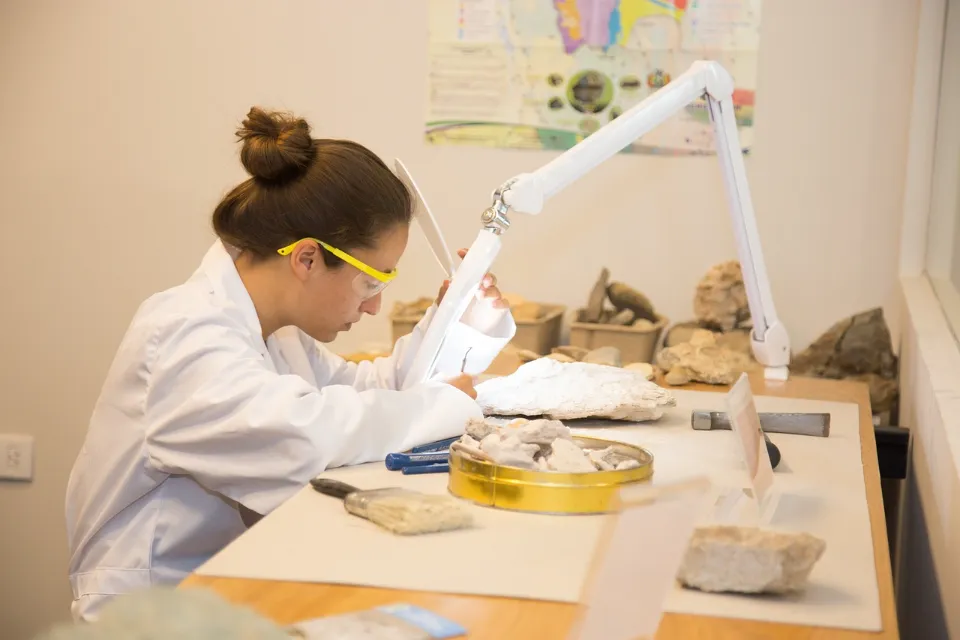
Your Intelligently Designed Body is a System of Systems
Every cell in your body requires answers to a complex set of issues, including containment, gates, controls, framing, transport, energy, information, and reproduction, in order to remain alive. Zooming out from a single cell, the human body as a whole is composed of somewhere between thirty trillion and forty trillion cells (a number that varies greatly depending on an individual’s size). It must find solutions to all the issues that a cell faces, in addition to a large number more. And it needs new solutions to old issues, ones that are entirely unrelated to the ways in which the same issues were resolved at the cellular level.
A single-celled organism is comparable to a microscopic island of life, for instance. The cell takes from its environment what it requires and eliminates what it doesn’t. An enormous multicellular organism, on the other hand (like you), is more like a continent with a deep and dark interior. Without direct access to the environment outside the body, the majority of cells are located deep inside. Therefore, a multicellular organism faces significant logistical challenges in gathering the raw materials its cells require and eliminating toxic byproducts.
For a complex body to be alive, several hundred of these issues need to be resolved. Additionally, a lot of the solutions to these fundamental issues either lead to the creation of brand-new issues that must be resolved or severely restrict the effectiveness of other solutions. Therefore, thousands of intricately connected problems must be resolved—many of them constantly—for a complex body to be alive; otherwise, life will not succeed.
Furthermore, a lot of the issues the body deals with are much more complicated than can be resolved in a single cell. For instance, while sensing presents an impressive engineering challenge for cells to sense their environment (a process that is poorly understood), sensing presents a significantly greater engineering challenge for a human body because it involves much more complex forms of sensing, such as vision, hearing, taste, smell, and the fine-touch sensing in your hands.
Overall, an organism with a complex body plan like yours finds it much more difficult to maintain life than it does for a cell.
Hard Problems Take Clever Solutions

Together, the body must find countless creative solutions to the many thousands of issues it must resolve in order to survive and reproduce. All levels of the body plan, from specially adapted molecular machinery (like hemoglobin molecules) to specialized cells (like red blood cells), tissues (like bone marrow), and entire body systems (like the cardiovascular system), are required for the majority of these solutions. This could involve millions of copies of hundreds of thousands of parts.
Solutions to this class of problems always exhibit four interesting characteristics:
1. Specialization
A functional whole is made up of the proper components. With regard to the bigger system, each component needs to fulfill a specific task. Each component must be constructed from the proper materials, adjusted to exact tolerances, and fitted with the appropriate interfaces for connecting to other components. This is a design principle known as separation of concerns. This design approach is the foundation of nearly every designed object in human history. Biological systems, which include almost all of the functions of the human body, seem to exhibit this in an identical way.
2. Organization
To enable the operation of the whole, the parts must be positioned appropriately, organized, and connected. Each component needs to work cohesively with the others. The parts are frequently made of various materials, where a material is chosen based on how its unique properties support the unique requirements of that particular part and how it must function when viewed in the context of the whole. This is a design principle known as the rule of composition. It acts as a balance to the separation of concerns rule. The rule of composition joins the solutions to the subproblems (the parts) so that the function of the whole is accomplished, whereas separation of concerns divides large problems into subproblems that are (slightly) easier to solve.
3. Integration

The interfaces required for the parts to function together must be present. When it comes to bones, this obviously involves the way they are shaped, particularly where the bones connect and articulate (the joints). Other bodily systems may be affected by this in the form of structural support, alignment, shock absorption, gating and transport systems, electrical signaling, chemical signaling, exchange of complex information, and integrated logic.
4. Coordination
Each component needs to be timed correctly so that it can carry out its specific function or functions. This typically calls for a control system or systems, either active or passive, as well as a mode of sensing and communication between the parts and the controls. This property is achieved by orchestration or choreography, which differ in the ways the controls are achieved, the former by a more centralized approach and the latter by a more distributed approach. This engine function is carried out by a camshaft in an old Chevy pickup. This is also accomplished by a camshaft in ATP Synthase.
All four of the aforementioned factors must be taken into account when designing each component of a complex system.
When a system has all the right parts, in all the right places, made of the right materials, with the right specifications, doing their respective functions, at all the right times, to achieve an overall, system-level function that none of the parts can do on its own, you have what is known as a coherent system. All non-trivial systems must have coherence in order to function, in this sense. Additionally, in real life, the systems are never independent of one another; rather, there are constant interactions between and among the different parts and component systems. The human body is made up of interconnected, coherent systems.
There is no doubt that each component of a larger system has the potential to be a system unto itself, made up of specialized parts, which themselves may be made up of systems composed of specialized parts, and so on, creating a hierarchy of design. Living systems are composed of layers of subsystems and systems, much like the majority of human-designed artifacts. The human body serves as an example of this.





Average Rating